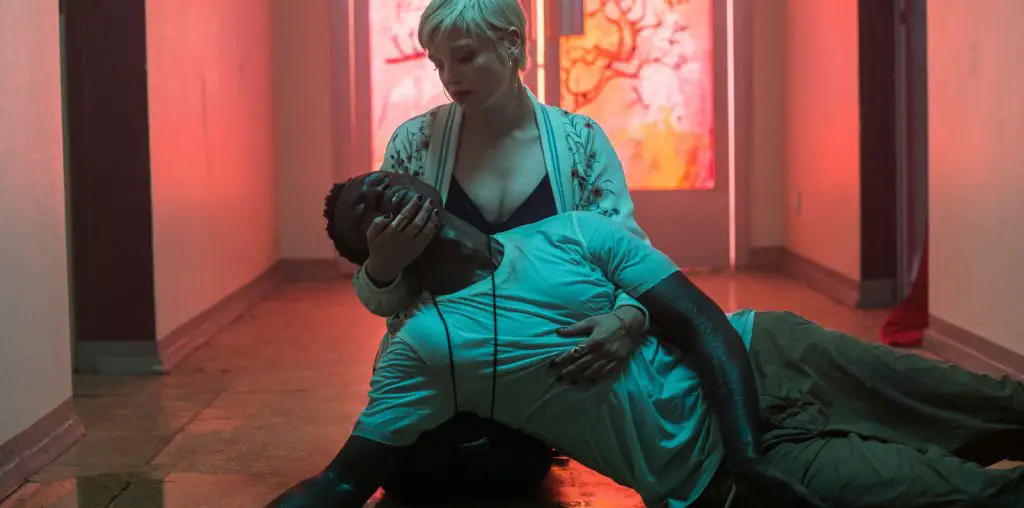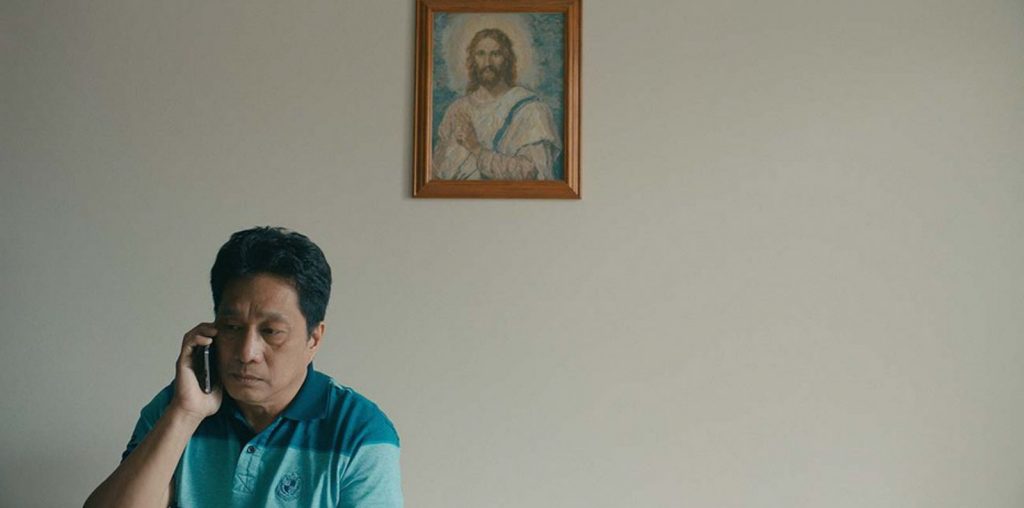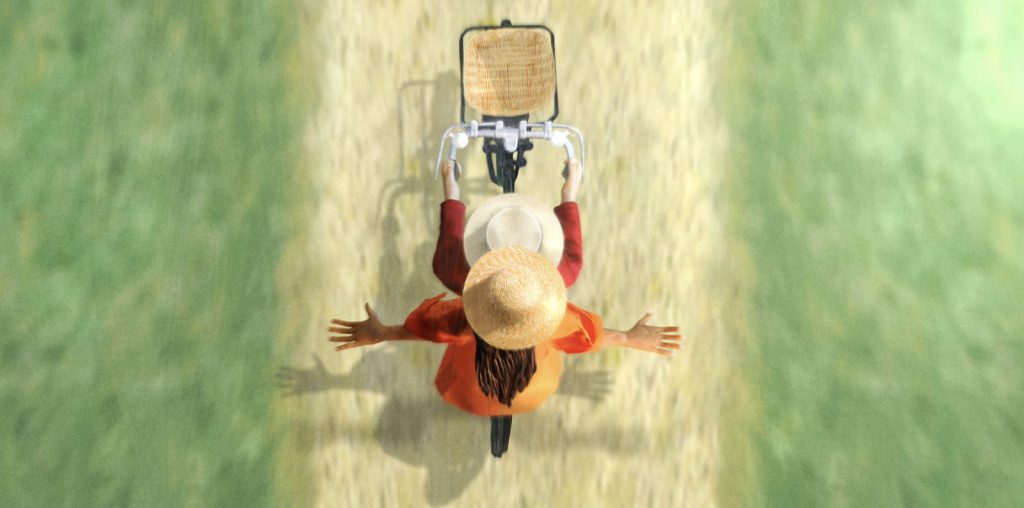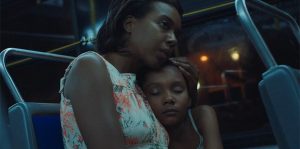
Good Funk is a love letter to working-class immigrants. Set in Red Hook, Brooklyn, the film follows two families of immigrants whose lives intersect through hospitality and are changed because of it. Writer/director Adam Kritzer focuses on creating heartwarming and personal moments but is less interested in the larger story surrounding those moments. Going this route means that the overall narrative and character arcs are a bit underwhelming, but each scene packs a strong emotional punch.
The thematic concepts of family and parenting are explored quite well. Terence (William Nadylam) is trying to be a cool father figure to Kolo (Leonay Shepherd) but learns the hard way that kids are manipulative and will do almost anything to get what they want. This meshing of their two points of view is both funny and poignant. Additionally, the film uses these central concepts to show how family and community are powerful tools against oppressive systems that keep people poor and how they are also an escape from the daily struggles of poverty.
Good Funk has a firm grasp of visual language. The gorgeous cinematography entranced me. The dialogue is grounded in realism, yet written so that the characters are still dramatic when they needed to be. It is clear Kritzer understands these characters and is able to convey that to the actors, all of whom give understated yet profound performances.
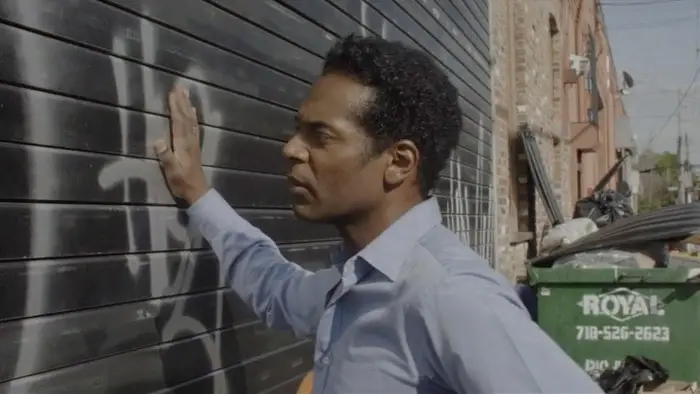
“…follows two families of immigrants whose lives intersect…”
The production design is also wonderful. Each building and room fit the characters that inhabited them perfectly. I’m glad this film showed us the personal lives and internal struggles of these characters. By taking a humanistic approach to characterizing these people struggling in poverty, it was able to avoid becoming poverty porn.
But events almost always happen outside of any major character’s control. While this is a realistic approach to storytelling, it doesn’t leave a lot of room for character agency, and because of that, Good Funk relies on dialogue to convey what the characters are feeling. This means things feel a bit expository and even stagnant at times, as the wonderful visuals are often left in the background.
The attention to detail in its world-building reminded me of Something Wild. The locations, extras, and establishing shots of that 1986 film document Manhattan and much of America so well. Through careful world-building, it transports the viewer back to that era. In time, Good Funk will have the same effect of transporting the viewer to the Brooklyn of the 2010s and showing them an American immigrant perspective of the era it’s set in.
Due to its realism and beauty, Good Funk has captured an experience that will remain a powerful microcosm of the American immigrant experience. But it is not always as smooth as one might hope for.
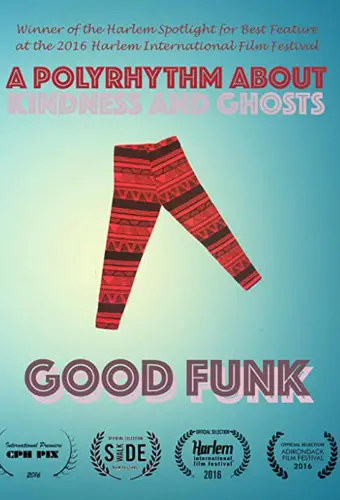
"…a powerful microcosm of the American immigrant experience."
